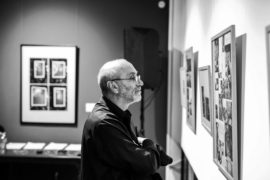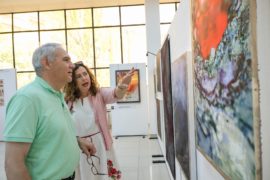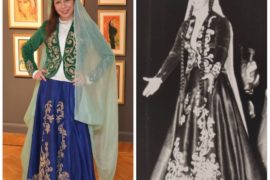Paul Guiragossian (1926 – 1993) is easily one of Lebanon’s most celebrated modern artists, famous for his colourful and figurative paintings, which sometimes border on the edge of abstraction. Born in Jerusalem, his family moved to Lebanon in 1947, where he spent the majority of his career, becoming one of the most loved artists of the Arab world.
Earlier this year, his much-anticipated monograph Paul Guiragossian: Displaced Modernity – edited by the curatorial duo Sam Bardaouil and Till Fellrath, together with Paul Guiragossian’s daughter and president of the Paul Guiragossian Foundation, Manuella Guiragossian – was launched at Art Dubai. The book was recently transformed into an exhibition at Beirut Art Fair called Lebanon Modern! A Tribute to Paul Guiragossian, which consisted of a chronological display of the artist’s work that not only included paintings and drawings, but also family photographs, film clips and quotes. Armenia Art Fair spoke with Manuella Guiragossian about her father’s artwork and the exhibition in Beirut.
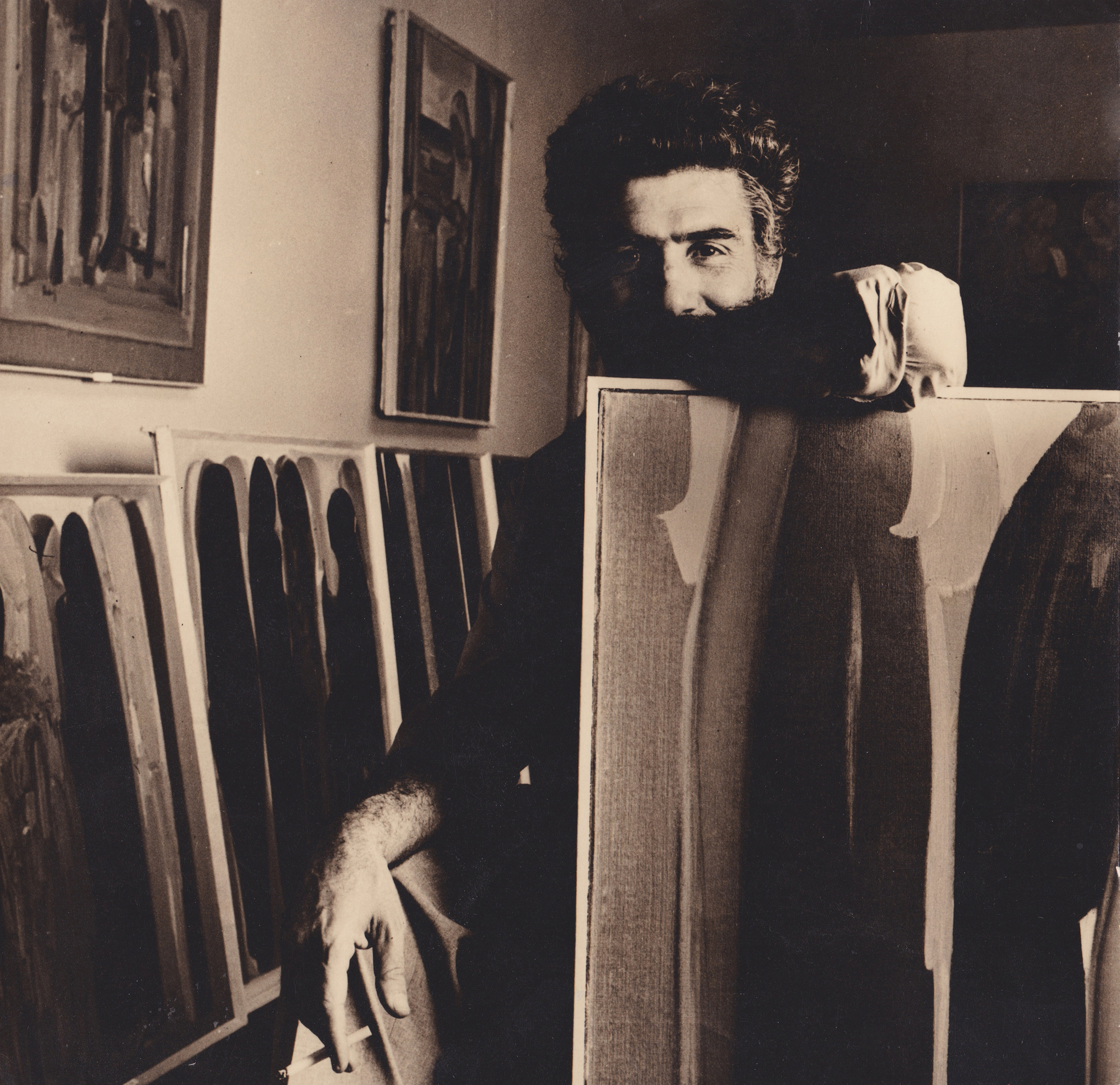
Armenia Art Fair: How did the exhibition at Beirut Art Fair come about?
Manuella Guiragossian: This year, and more specifically November 20, 1993, marks the 25th anniversary of Paul Guiragossian’s passing so over a year ago the Paul Guiragossian Foundation planned for a few commemorative events surrounding this anniversary as well as the release of the much anticipated monograph, Paul Guiragossian: Displacing Modernity published by Silvana Editoriale and edited by Sam Bardaouil, Till Fellrath and myself.
The book was launched at Art Dubai in March 2018 in parallel with an exhibition at the Barjeel Art Foundation in Sharjah with works coming from collections only in the UAE.
The Tribute exhibition at the Beirut Art Fair took place in September as the monograph was also released worldwide and was set to take the audience on a little walk through the 5 decades of Guiragossian’s career.
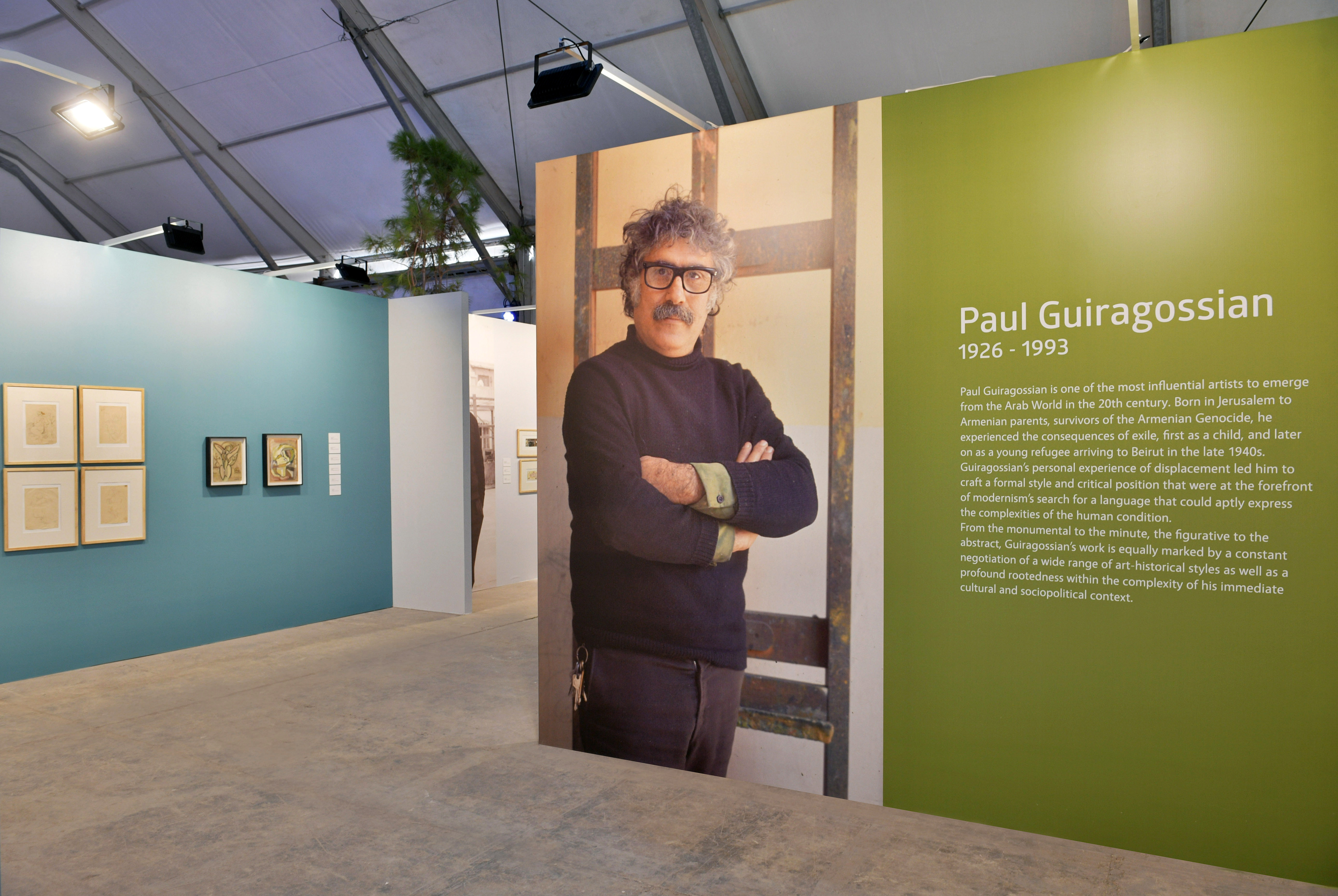
AAF: What was the reception like to the exhibition?
MA: Anything we do around Paul Guiragossian always gets great reception and fascination by all generations. We usually get major attendance and very often re-attendance by people who want to learn more and can’t get enough. I feel that people have a thirst to learn more about Guiragossian and working on this book for over 5 years gives me great satisfaction in sharing a lot about the artist’s life and work with the public.
We get art collectors, art enthusiasts, students and press as well as people who are newly discovering the artist. Audiences are always thankful and appreciative of the efforts we make as a foundation and that gives us the drive to continue.
AAF: How did you go about curating the exhibition, why did you select the images that you did, the film clips, the photographs?
MA: As I had worked on the archives for more than 10 years, I have a very particular understanding of my father’s path and artistic evolution, so I wanted to present that (as we did in the monograph) through the archival material as well as the original works. I wanted to create that path through the decades of his life and have the audience walk through the book and discover the different stages of Paul’s life.
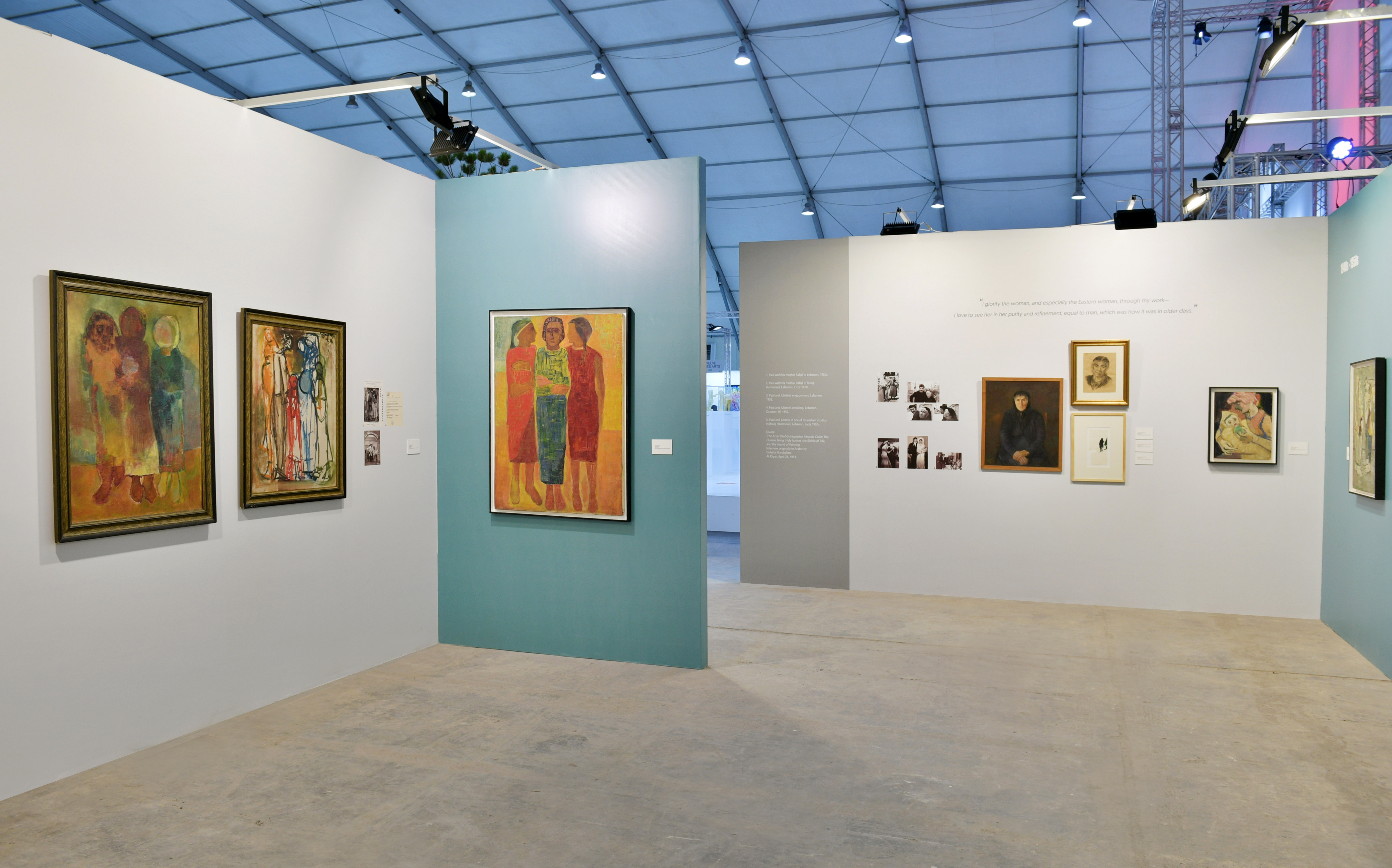
AAF: What is your favourite work in the exhibition?
MA: It’s very difficult to pick one work as my favourite because I have many. Every decade has masterpieces that are stunning and have such depth, especially since I know the stories behind them, it makes it hard to choose. Having said that, I have a special place in my heart for “Composition” (also titled “La Grande Charge”, 1990-91. Oil on canvas. 130 x 200 cm.) which is magnificent in my opinion because it encapsulates my father’s entire career. To reach that kind of virtuosity after about 50 years is just amazing. It’s also why I used a detail from it on the cover of the monograph.
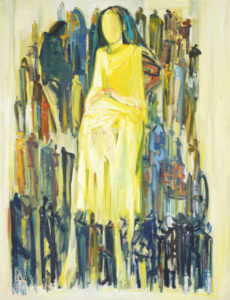
AAF: The book that the Beirut Art Fair exhibition was based on (Paul Guiragossian: Displacing Modernity) launched at Art Dubai in March of this year, what did it mean to have this exhibition in Beirut?
MA: Beirut is the city that embraced my father, gave him a permanent home, a family and success. The Lebanese people adore Paul Guiragossian and are always very excited and proud to see his work, that’s why it’s very important for us to release this book in Beirut and to do exhibitions around Guiragossian as often as possible.
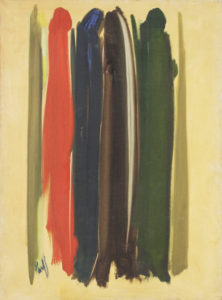
AAF: With the inclusion of quotes and film clips, it seemed like you tried to let people know about Paul Guiragossian’s personality, adding layers to Paul Guiragossian the painter, with the father, husband, teacher. What is it most important to you for people to know about him?
MA: I think people need to know the combination of things Paul was in order to have a better understanding of his work and his philosophy. It’s through monographs such as the one just published with 400 pages, 600 artworks and archival documents and comprehensive anthology of primary documents that we can tap into the world of Guiragossian a little bit. People are usually familiar with one aspect of his work while there is a fascinating amount of ideas, history, conferences and a very unique look at life that they need to know as well. Only then will people be able to have a clear idea of who Paul was and then the artwork will mean so much more.
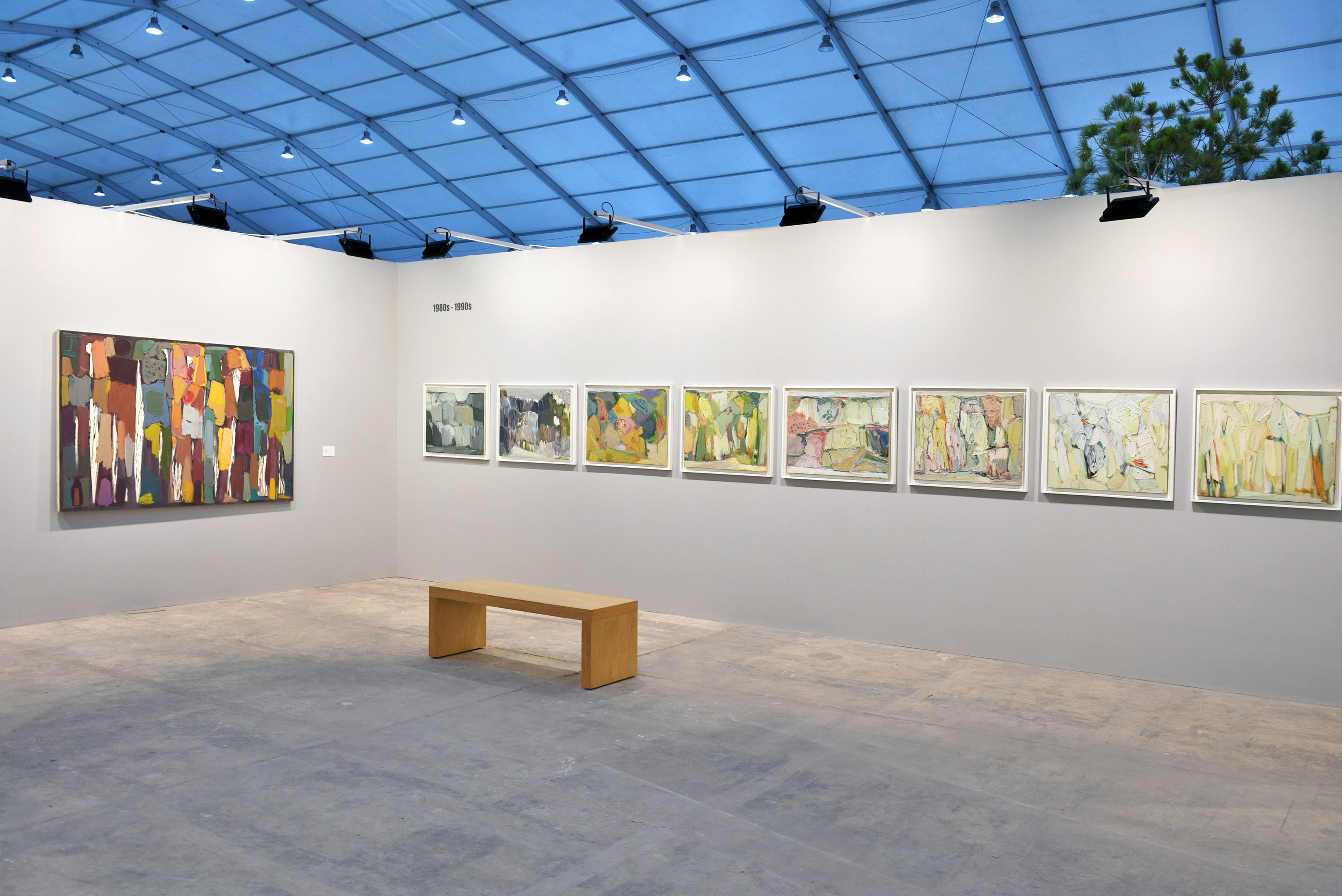
AAF: Will the exhibition tour? What do you hope people will take away from the exhibition?
MA: Paul Guiragossian represents multiple people not just Armenians, Palestinians, Lebanese but a vast region, which is mostly misunderstood, misrepresented or marginalized. A touring exhibition sheds light on all these things to a larger public and other cultures who never come to our region to be able to learn and experience our arts and artists. Our culture. A comprehensive monograph about Paul Guiragossian that is distributed worldwide for the first time, is a good start and we hope these exhibitions will get a chance to reach more countries and museums for us to be able to share all this with.

